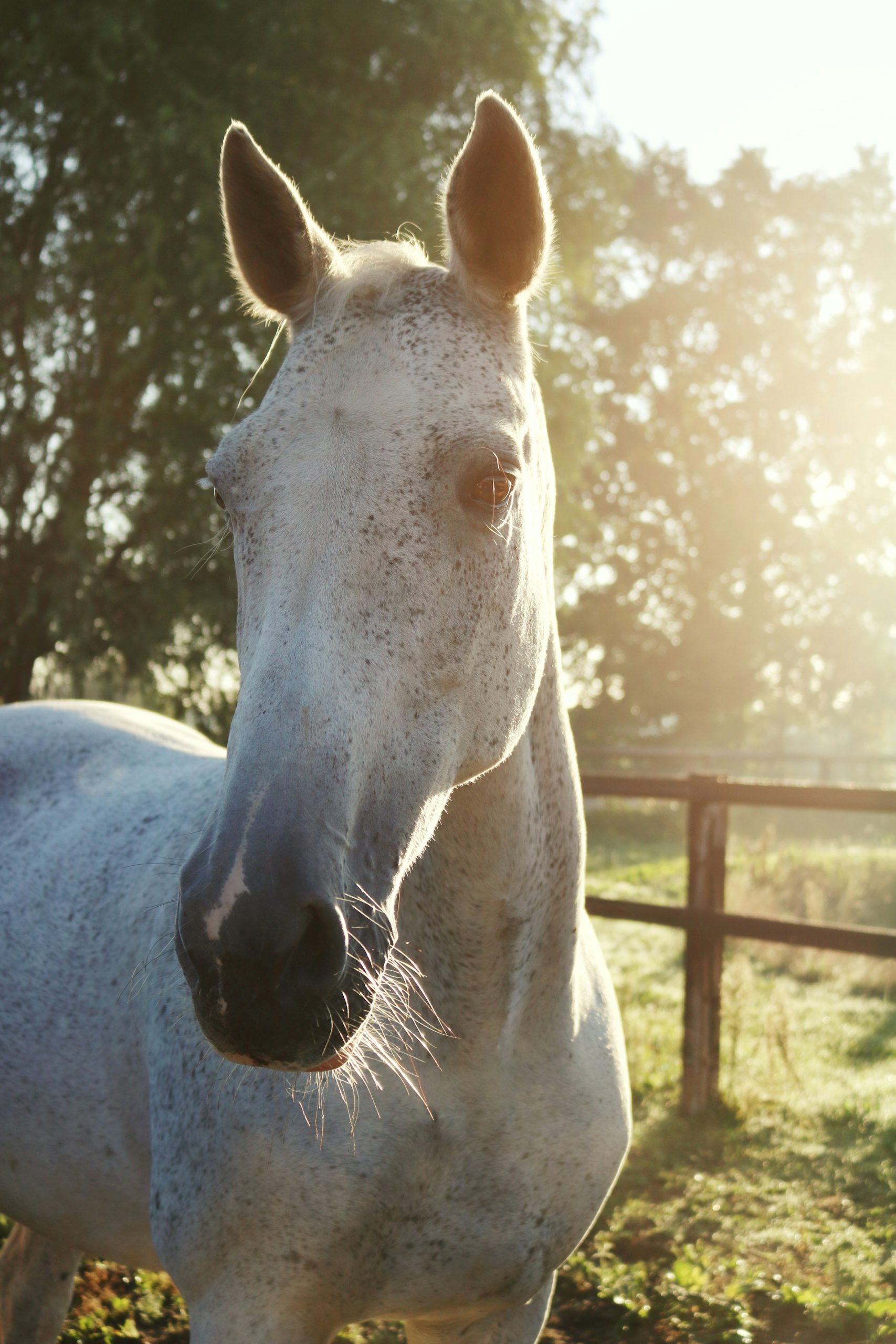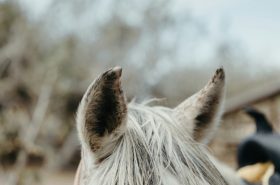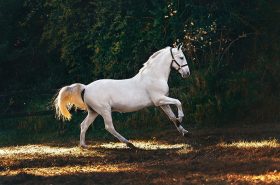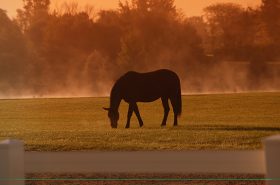For horse and equine owners, making informed choices about the materials used around their animals is crucial.
This includes everything from the wood used for bedding to the types of trees surrounding their pastures. Some woods can be beneficial, while others may pose serious health risks to horses.
Safe Woods for Horse Bedding
The bedding you choose for your horse’s stable plays a significant role in maintaining their health and comfort. Only soft woods are considered safe as bedding for horses. Here are some of the best wood options for horse bedding:
- Pine – Softwood pines are a popular choice for horse bedding because they are absorbent and have natural antibacterial properties. Kiln-dried shavings are particularly good as they are low in dust and help keep the stable fresh.
- Aspen – Aspen is an excellent choice for horses with respiratory issues as it is hypoallergenic and does not produce much dust. It’s also quite absorbent and breaks down slowly in compost.
- Spruce – Like pine, spruce is a softwood that makes for good bedding due to its absorbency and softness, which adds comfort and is gentle on horses.
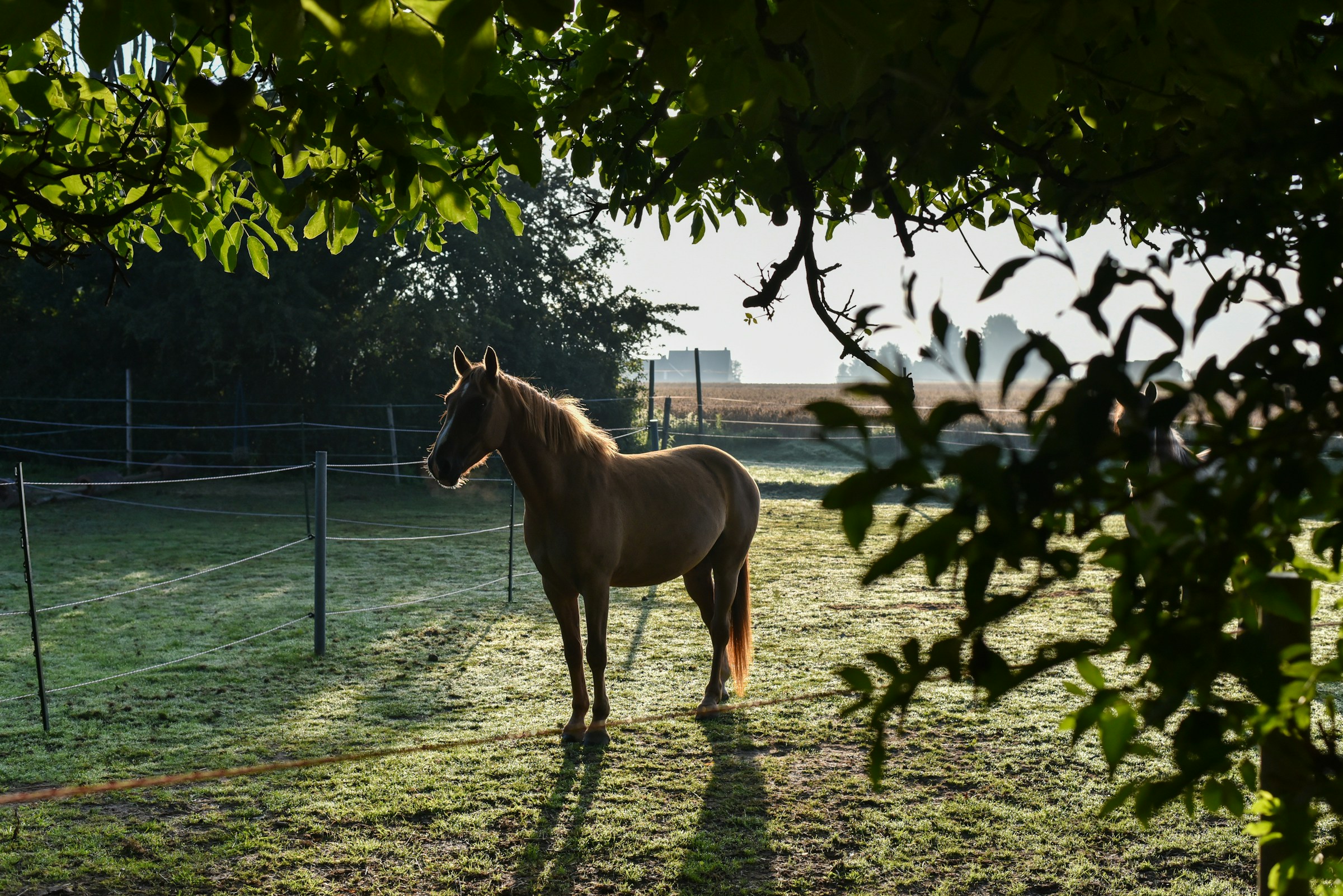
It’s important to ensure that any wood shavings used for bedding are free from chemicals, additives, and have not been treated with any toxic substances.
Woods to Avoid in Horse Bedding or Horse Pastures
While many woods and trees are safe, some should be avoided due to their potential toxic effects or other issues:
- Black Walnut – Black walnut shavings are particularly toxic to horses, even in small amounts. They can cause laminitis, a severe inflammation of the hoof, which can be debilitating or even fatal. The presence of black walnut trees can be risky due to the potential of fallen leaves or nuts contaminating pasture areas.
- Cedar – While cedar can be used, it is not generally recommended due to its strong scent and oils, which can irritate the respiratory tract of sensitive horses.
- Oak – Unfortunately, oak leaves, bark, and acorns contain high levels of tannins, which can be toxic to horses if eaten in large quantities. The most toxic parts are young leaves, flower buds, and unripe green acorns. While many horses avoid them, some may consume large amounts of green acorns and become ill.
- Yew – All parts of yew trees are highly toxic to horses and can lead to sudden death due to cardiac failure.
- Oleander – Every part of the oleander plant is toxic to horses and can cause serious cardiac issues.
- Red Maple – The wilted leaves of red maple trees are highly toxic, and their exact toxin is unknown. These leaves can stay toxic for a month after falling in autumn. A serious risk occurs if a branch falls into a pasture and horses eat the wilting leaves, which can quickly be fatal. Related species, like sugar and silver maples, may also be toxic.
- Chokecherry & Cherry – While not as toxic as black walnut, cherry wood shavings can release cyanide when they decompose, which could be harmful in enclosed areas. These trees, along with similar varieties like wild black cherry (Prunus serotina), contain cyanide in their seeds, leaves, bark, and new shoots, with the highest toxicity in new and wilted growth. Trees such as apricots and peaches, from the same Prunus genus, also harbor these toxins in their leaves and seeds.
- Horse Chestnut/Buckeye – These trees have distinctive fruits and seeds that contain toxins in the leaves, sprouts, seeds, and seed husks. Horses may consume them as they often leaf out earlier in spring. It’s important to note that these are different from the American chestnut and other chestnut varieties.
- Black Locust – This tree’s bark and seeds contain lectins that can cause gastrointestinal issues. Identifiable by paired thorns at the base of each twig. Note that honey locust (Gleditsia triacanthos) is distinct from black locust.

This list is not comprehensive. Many ornamental trees and plants are toxic. Always check whether any trees you plan to plant are safe for horses. Numerous clinical signs indicate toxicity in horses, such as lethargy, reduced appetite, colic, neurological issues, poor coordination, respiratory problems, and increased breathing or heart rate. Monitor your horse’s health closely every day and watch for any signs of poisoning. If you think your horse has ingested a toxic plant or tree, contact a veterinarian immediately.
You can learn more about plants, trees, and their toxicity to horses through these resources: https://poisonousplants.cvmbs.colostate.edu/home
https://poisonousplants.ansci.cornell.edu/php/plants.php?action=display&ispecies=horses
